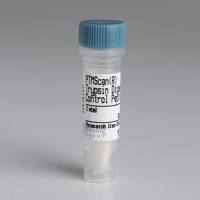Inhibitors of Cellular Signaling Targets: Designs and Limitations
互联网
互联网
相关产品推荐

CSE1L/CSE1L蛋白Recombinant Human Exportin-2 (CSE1L)重组蛋白Cellular apoptosis susceptibility protein Chromosome segregation 1-like protein Importin-alpha re-exporter蛋白
¥5268

WISP2/WISP2蛋白Recombinant Human WNT1-inducible-signaling pathway protein 2 (WISP2)重组蛋白CCN family member 5 Connective tissue growth factor-like protein蛋白
¥1344

Wnt/beta-Catenin Activated Targets Antibody Sampler Kit
¥500

Recombinant-Chlorocebus-aethiops-Hepatitis-A-virus-cellular-receptor-1HAVCR1Hepatitis A virus cellular receptor 1; HAVcr-1 Alternative name(s): T-cell immunoglobulin and mucin domain-containing protein 1; TIMD-1 T-cell membrane protein 1 TIM-1
¥12810

Recombinant-Rat-Hepatitis-A-virus-cellular-receptor-1-homologHavcr1Hepatitis A virus cellular receptor 1 homolog; HAVcr-1 Alternative name(s): Kidney injury molecule 1; KIM-1 T cell immunoglobulin and mucin domain-containing protein 1; TIMD-1
¥11326

